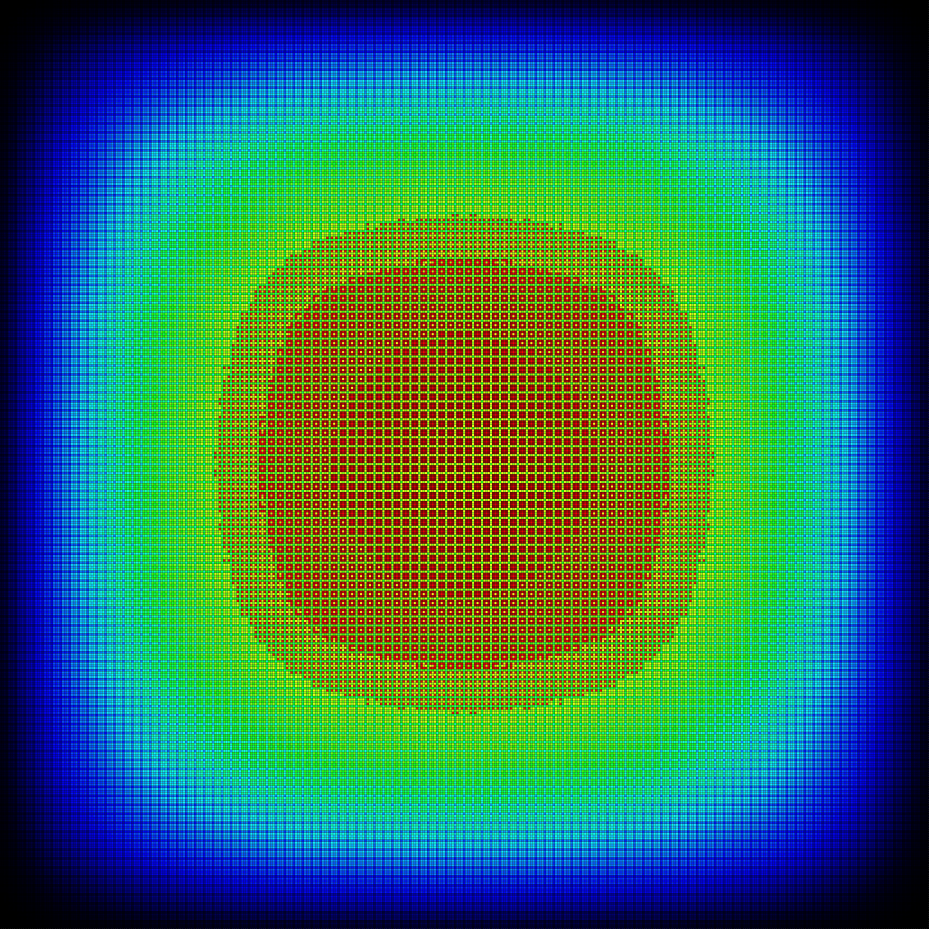The official implementation of "Spatial-Assistant Encoder-Decoder Network forReal Time Semantic Segmentation"
Link at arxiv:SANet
English | 中文

Comparing Inference Speed and Accuracy of Real-Time Models on the Cityscapes Dataset
APPPM did not come about overnight, the prototype of APPPM is DAPPM, our first idea was to try to reduce the branches of DAPPM, which is really good for speed, and at the same time we observed the change of accuracy (we think there is almost no degradation), but eventually we gave up this idea.
After that, we referred to the idea of SPPF, which is a kind of "use two 3x3 convolutions to replace one 5x5 convolution" idea applied to the pooling layer, and then tried to apply the idea of asymmetric convolution to the pooling layer. In the results, the SPPF idea seems to be detrimental to the accuracy (of course, we did not do a thorough study, so we cannot be completely sure), while the asymmetric pooling layer approach APPPM is a feasible approach.
| DAPPM | DAPPM减少分支 | SPPF TAB | SPPF TAB ADD |
|---|---|---|---|
 |
 |
 |
 |
The feasibility of APPPM is easy to understand. Say you have an image with 30x30 resolution, if you reduce the image by 1/2 using normal pooling, the resolution is directly reduced to 15x15. If you use convolution to extract features after the pooling layer, it is clear that you can only extract features once at 15x15 resolution. With an asymmetric pooling layer, the resolution is first reduced to 30x15, then to 15x15. If you still put the convolution behind the pooling layer to extract features, you can obviously extract more features at a more detailed resolution.
Of course, from the list above, we also performed the operation of using asymmetric convolution to replace normal convolution as mentioned in DMRNet, and the operation of feature multiplexing as mentioned in DDRNet. But in the end, from the consideration of speed and accuracy, we finally proposed APPPM.(In the beginning, the model was referred to as TAPPM and in SANet's modeling code as TAPPM)
Specific structure of Simple Attention DecoderDownload the datasets Cityscapes and Camvid from the website. if Camvid comes up with Website not found!, try downloading the Camvid dataset from Motion-based Segmentation and Recognition Dataset or Kaggle!
To further validate the model, we trained on the GTAV dataset with nearly 25,000 sheets
In real-time semantic segmentation,Network in ImageNet pre-training common methods, if you wish to use ImageNet for pre-training you can refer to our method. We have used this project ImageNet for pre-training.
Download the pre-trained weights we provided and put them into pretrained_models/imagenet/
Configure training parameters in the yaml file under the config folder, such
as ExpName (experiment name), ROOT (dataset directory), END_EPOCH (training rounds), etc.
Start the training with our preset script train.sh or use the following command
python tools/train.py --cfg configs/cityscapes/sanet_cityscapes_S.yaml
Download the training weights we provided and put them in pretrained_models/cityscapes/orpretrained_models/camvid/
Configure evaluation parameters in the yaml file in the config folder, such as ExpName
python tools/train.py --cfg=configs/cityscapes/sanet_cityscapes_S.yaml
If you wish to submit the results of your test dataset to Cityscapes, change the TEST_SET parameter in the yaml file
in the config folder
| Model | SANet-S | SANet-M | SANet-L |
|---|---|---|---|
| Link | SANet-imagenet-S | SANet-imagenet-M | SANet-imagenet-L |
| Model | Val(%mIou) | Test(%mIou) | FPS |
|---|---|---|---|
| SANet-S | 78.6 \ 79.9 | 77.2 \ 78.4 | 65.1 |
| SANet-M | 78.8 \ 80.2 | 77.6 \ 78.8 | 52.7 |
| SANet-L | 79.2 \ 80.6 | 78.1 \ 79.0 | 39.6 |
| Model | Test(%mIou) | FPS |
|---|---|---|
| SANet-S | 78.8 | 147 |
| SANet-M | 79.5 | 126 |
| Model | Test(%mIou) |
|---|---|
| PIDNet-S(no pretrain) | 38.2 |
| SANet-S(no pretrain) | 38.5 |
| PIDNet-S(Cityscapes) | 45.0 |
| SANet-S(Cityscapes) | 48.0 |
The test speed follows the DDRNet and PIDNet test methodology, and the speed test is in models/sanet_speed.py
In computer vision, more image representations are beneficial. But the tools provided in different projects are different, the used tools we use are provided here in the hope that they can help others.
Segmentation maps are one of the most frequently used image representations for semantic segmentation.
 |
 |
 |
|---|
The detailed code tools/generate_segmentation_image.py with other configurations
A boundary map is an image that shows the boundaries of a single object
 |
 |
 |
|---|
The detailed code is in tools/generate_segmentation_image.py, please set boundary to True, and make other
configurations.
In image segmentation tasks, heat maps can be used to represent the probability of which category or object each pixel belongs to. Each category has a corresponding heat map that shows the distribution of pixels in that category.
 |
 |
 |
|---|
The detailed code is in tools/heat_map_drawing/heat_map_generator.py, you need to import pytorch_grad_cam and
configure it before using it.
Receptive Field is the range of influence of a neuron or convolutional kernel in a deep learning model on the input data.
The detailed code is in tools/receptive_field_generator/main.py with other configurations
The Receptive Field calculation tool is at tools/receptive_field_tools/sanet_receptive_field_calculator.py.
This is an approach mentioned in MSFNet. Unlike the common boundary loss which has only two classifications (yes or no boundaries), the multi-category boundary loss splits into multiple categories (what categories are boundaries) according to the category of the dataset. We tried to incorporate this approach for SANet at that time, but did not find the corresponding code provided by MSFNet. Therefore, we re-implemented this multi-category approach. However, the performance of the SANet to which we added this approach did not perform well.
The detailed code is in tools/multi_class_boundary_detection/multi_class_boundary_detection.py with other
configurations
@misc{wang2023spatialassistant,
title={Spatial-Assistant Encoder-Decoder Network for Real Time Semantic Segmentation},
author={Yalun Wang and Shidong Chen and Huicong Bian and Weixiao Li and Qin Lu},
year={2023},
eprint={2309.10519},
archivePrefix={arXiv},
primaryClass={cs.CV}
}








